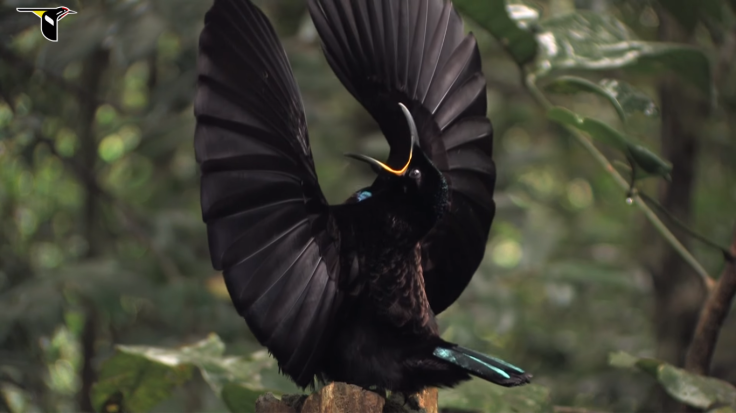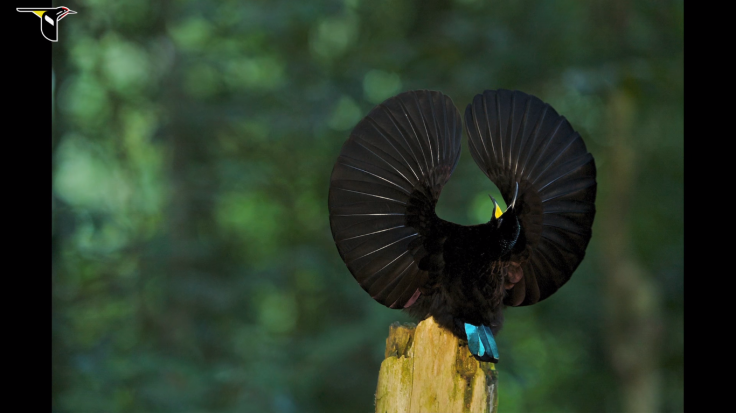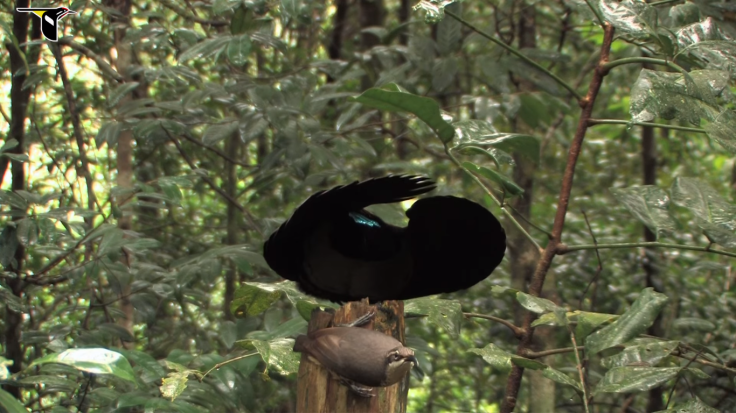Super-black bird of paradise feathers are so stunningly dark they absorb 99.96% of light - here's why
The feathers of the birds of paradise appear so black not because of pigmentation, but because of their physical makeup.

The bird of paradise, native to eastern Indonesia, Papua New Guinea, and eastern Australia have evolved feathers so black they are nearly as black as the blackest materials known to man. The male bird of paradise's feathers can absorb up to 99.96% of light that hits them, making them look like a two-dimensional curtain of blackness when viewed straight up.
How did the bird evolve into having such black feathers? Scientists believe it has to do with sex. Only male birds of paradise (BoP) have these black feathers, writes Dakota McCoy, the lead co-author and scientist of a study, in a report for Science Alert. The paper was originally published in Nature.com.
Male BoP have a complicated mating ritual that involves song and dance. To attract and hold the attention of a female bird, which is normally a dull brown-coloured bird, they put up a show by displaying their feathers which resemble a dark screen where certain other blue feathers contrast against the black, making them look like ornaments.
Female BoP then carefully examine the displays and choose to mate only with males that have the best ornaments. Super-black feathers work as an optical illusion and are at their blackest when seen from straight ahead. So apart from displaying their feathers to the female, the mating ritual includes a complicated dance routine that affixes the females eyes on the potential suitor's black display. They make sure the female cannot get a view from the side and continue to dance and hold their attention.

There is no light reflecting off the black patches, making the brightly coloured blue segments appear to be glowing in contrast. If the blue doesn't look good enough, the female is likely to reject the male.
Over the course of thousands of generations, only the blackest birds' genes got passed on. Eventually, through the force of sexual selection, birds of paradise seem to have evolved into having feathers that are comparable to blackest materials known like Vantablack and black silicon.
When studied under a microscope, the structure of the feathers was found to be vastly different from standard down feathers. The researchers say that they looked like miniature coral reefs or bottle brush trees that are tightly packed together. This leaves the surface of the feather jagged and complex. It also works as an efficient light scatter, like "microscopic light traps".
Instead of reflecting, the feathers capture light and absorb it. This is similar to the way black silicon works. The blackness comes not only from the colouring and pigmentation, but also from the uneven surface of the material itself, in a process called "structural absorption". They work like the opposite of a mirror.
This process is so effective that even when coated in gold dust - a highly reflective material - it still looks completely black. This happens only when structural absorption is in play as gold encases black pigments.






















